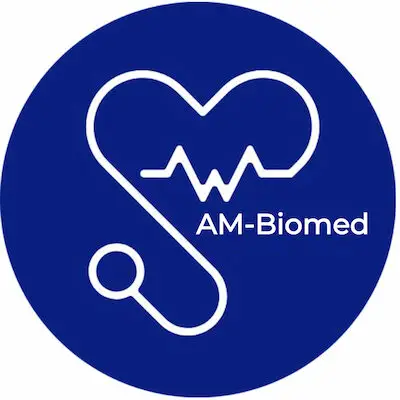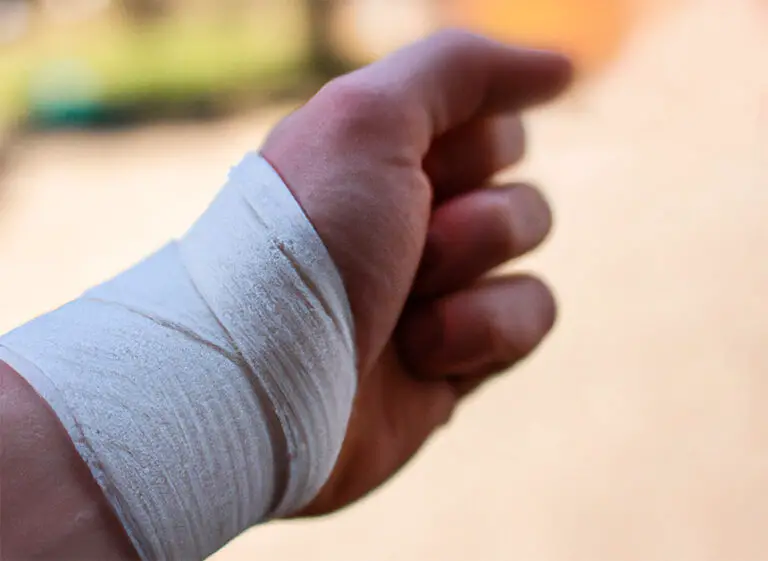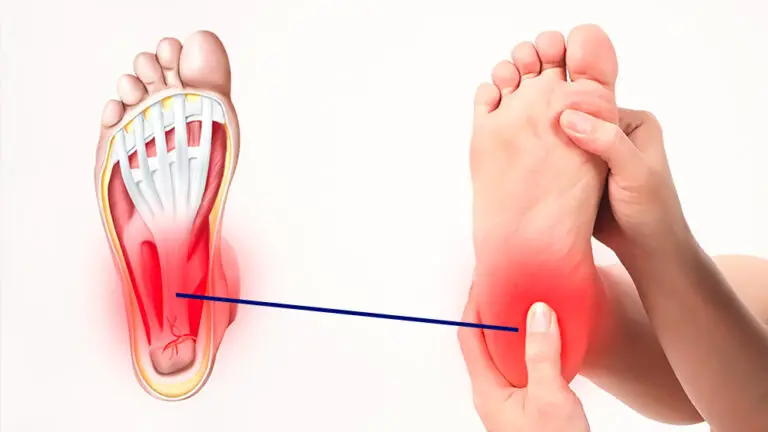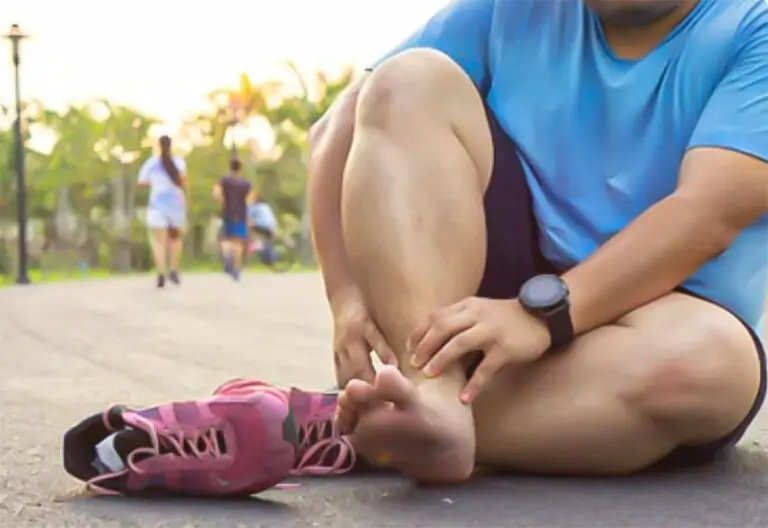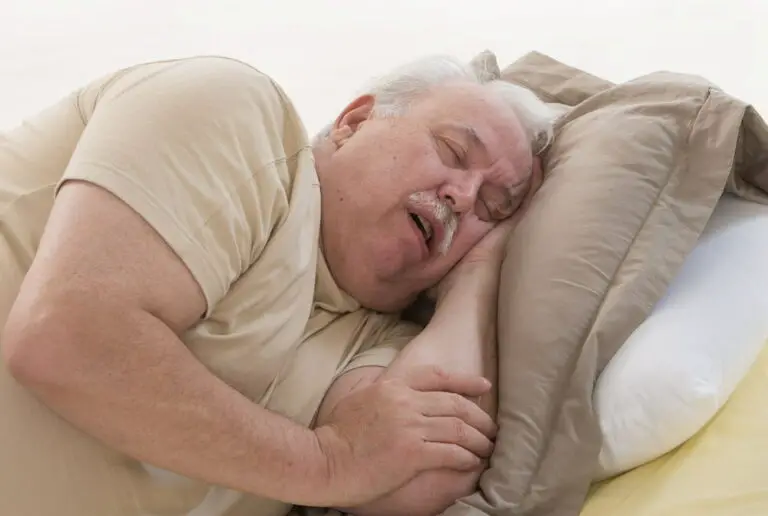What causes calf pain? Which doctor should I consult?

Medically reviewed by Dr Tahir Masud — By Mat Arrain - Updated on 23/02/2023
Our Review Process
AM-Biomed's content is created, fact-checked, and reviewed by qualified, writers, editors, clinicians, and other contributors.
Read More ...Our Editorial Team
- Mat ArrainAuthor
- EDITOR
- Dr Tahir MasudMEDICAL ADVISOR

Dr Tahir Masud
Dr Masud is a specialist physician who practices in Nottingham, UK. He studied Medicine at Oxford University and St Bartholomew’s Hospital, London. He qualified as a doctor in 1985 and became a specialist hospital consultant physician in 1994. His clinical and research interests are ageing, Geriatric Medicine and Healthcare in Older People, Musculoskeletal disorders including Osteoporosis, Sarcopenia, Malnutrition, Frailty, Protein, Falls, Fractures, Syncope, Polypharmacy and Medical Education. He has published over 180 peer-reviewed research papers and has lectured extensively around the world. He has held prestigious National and International positions including the Presidency of the Geriatric Medicine Section of the European Union of Medical Specialists.
Read More ...
Mat Arrain
Mat studied human biology for 3 years at Sheffield Hallam University, where he learned about a range of different health and medical topics. Mat developed a deep understanding of different health topics through first-hand experiences of practical lab work and lectures. Mat also learned how to fact-check information from reliable sources such as Pubmed and learned how to reference and cite accurate information from reliable sources by researching up-to-date studies, systematic reviews and randomised controlled trials. As well as being a health and medical writer and researcher, Mat is a level 2 qualified fitness trainer specialising in weight loss, nutrition and exercise plans for people suffering from obesity and diabetes.
Read More ...
Important: Though it can sometimes be difficult to pinpoint what might be causing calf pain and cramps if you experience any of the symptoms mentioned in this article or any type of leg pain, it’s important to speak to a doctor, so that he can make a diagnosis and recommend a treatment plan. A swollen, tender, and/or warm calf may be a sign of a deep venous thrombosis or cellulitis which would require a referral to a physician.
Which doctor should I consult for leg pain?
In the majority of situations, you should speak with your primary care physician so they may recommend a specialist doctor such as an orthopedist or podiatrist. If you are also experiencing calf muscle pain, your primary physician may refer you to an orthopedist. On the other hand, if you are also experiencing problems in you’re foot or ankle eg a limited range of motion then you may be referred to a podiatrist. If you experience lower back issues alongside the calf pain then you may be told to see a neurologist. Diagnostic tests like X-rays and MRIs can help confirm a diagnosis so that the appropriate treatment plan can be put into place.
8 causes of calf pain
1. Deep vein thrombosis
Deep vein thrombosis is a medical condition that can cause calf pain. Deep vein thrombosis occurs due to blood clot formation in the deep vein in the arm or leg, including the calf muscles. Blood clot formation occurs when your blood becomes thick, clump forms, or lodges in a blood vessel. The most common location of blood clots in the legs is the calf. It could potentially lead to serious complications such as a pulmonary embolism (a clot is dislodged from the calf and travels to the lungs which can cause breathlessness, loss of consciousness, or even death if the clot is large enough.
Risk factors include smoking, genetics, pregnancy, obesity, and complication from many other diseases. The signs and symptoms of a blood clot are swelling, pain, and warmth. Prolonged inactivity such as being bed-bound or long-distance travel such as on a long flight are also risk factors.
Additionally, its symptoms may include:
- Cramps
- Tenderness, swelling, or pain in limbs
- The affected area is warmer than the other body parts
- Discoloration of the affected area
A blood clot can cause serious complications. Therefore, you should receive medical care as soon as possible to avoid any complications.
2. Muscles cramps
Muscle cramps cause sudden and intense pain in the calf muscle which can be anywhere from minor discomfort to excruciating pain. Often, standing or walking is difficult when struggling with a calf muscle cramp as the affected area tends to seize up and tighten. While muscle cramps are usually harmless, if they are frequent or very severe it is important to have a medical professional assess the cause.
Common causes for calf muscle cramps include overuse of the calf muscles during exercise, tight muscles, dehydration, mineral deficiency, and nerve entrapment. Fortunately, regular stretching before and after physical activity, improving your hydration regimen, proper nutrition, and rest can help minimize the chances of occurrence.
3. Chronic compartment syndrome
One of the serious causes of calf pain is compartment syndrome. Compartment syndrome occurs when too much pressure builds up in the muscle due to injury or any other cause, like any fracture or broken bone.
Excessive use of anabolic steroids or constricting bandages may also lead to this syndrome. It can cause extreme pain.
Symptoms of compartment syndrome include:
- Inability to move the affected area
- Severe pain, unaffected by any medications
- Severe muscle tightness
- Numbness in the affected area
Late symptoms of compartment syndrome include numbness or paralysis – this usually denotes permanent tissue damage. If you experience the symptoms listed above, you will need to visit an emergency department.
4. Achilles tendinitis inflammation
Achilles tendonitis is a condition characterized by inflammation of the Achilles tendon and is a common cause of calf pain. This is because calf muscles are connected to heel bones via the Achilles tendon.
This pain can range in intensity, from mild discomfort to severely debilitating pain. It is caused by repetitive strain or overuse of the tendon, which results in an accumulation of tiny injuries within the tendon that can lead to inflammation. Overuse can be caused by activities such as running, jumping, or walking on uneven or hard ground.
Treatment for this condition includes taking rest, stretching, using, ice, compression, and anti-inflammatory medications, as well as elevation and using different exercise routines. Physiotherapy may be recommended to help improve strength, and flexibility and may alleviate calf pain caused by Achilles tendinitis.
5. Arterial claudication and peripheral artery disease
Arterial claudication is the pain occurring in limbs whilst in use, as a result of a lack of blood supply to the affected area. This is usually caused by PAD (peripheral artery disease) – a condition involving the narrowing of the peripheral arteries, commonly located in the legs. While this narrowing can have many symptoms, the most common one is calf pain when exercising or walking and calf cramping due to decreased blood flow to the lower limbs.
Other symptoms of PAD include:
- Leg weakness or numbness
- Leg discoloration
- Hair loss on your legs
6. Neurogenic claudication and spinal stenosis
Neurogenic claudication is a term that describes leg pain, as a consequence of spinal nerves (in the lower back), supplying the legs being compressed. This narrowing of the space within the spinal cord is known as spinal stenosis. Calf pain is one of the most common effects linked to this condition. It tends to be a dull, aching sensation and can often occur when bending forward or standing for too long. Patients may also experience intermittent cramps and an increased feeling of tightness in the calf area. Other symptoms of spinal stenosis include back pain as well as weakness and a loss of sensation in the foot.
7. Achilles tendon rupture
Calf pain associated with a ruptured Achilles tendon ranges from a mild ache to intense, sharp pains. With any degree of pain, a significant amount of swelling and bruising may be present near the ankle where the incident happened. There could also be an audible pop or snap when the Achilles tendon tears or ruptures and commonly occurs during a sports activity that involves running and jumping such as soccer.
8. Diabetes
While diabetes itself does not directly cause calf pain, it can contribute to malfunctions within the body that cause discomfort in this area. In people with diabetes are at a greater risk of peripheral artery disease resulting in less blood flowing to the legs and painful calf cramps. Furthermore, high sugar levels can cause neuropathy (nerve damage) in the legs which may result in calf pain – this is known as diabetic neuropathy.
When should I see a doctor?
Anyone experiencing the following symptoms with calf pain should immediately seek medical advice:
- Leg swelling
- Tender calf
- Warm, red calf
- Inability to walk
- Back pain
- Pain while walking
- Leg discoloration
- Leg hair loss
FAQs
What is calf pain?
Calf pain is the pain in the back side of the lower leg.
Is calf pain a sign of a heart attack?
Whilst calf pain isn’t a symptom of a heart attack, it can be a sign of cardiovascular disease which can cause heart attacks. If you have chest pain and calf pain, you should consult your doctor immediately.
Why does my calf hurt when I walk?
There could be multiple reasons for calf pain whilst walking, (such as calf muscle strain, muscle cramps, compartment syndrome, or Achilles tendonitis). This symptom is seen in multiple medical conditions, so it’s important to seek advice from a medical professional.
